Today we have a new coffee on the shelves.

We have never bought coffee from this part of Brazil, so it was with a lot of curiosity I was driving into Santa Alina late at night some weeks ago together with the owner Tuca and her general manager Rodrigo. It was pitch black, but I could already feel the difference in topography as the car rolled over one hill higher then the other.
At any farm the harvest method is essential and you have to choose what is best for your location. At Santa Alina most picking is done by hand due to the steepness of the hills. They are looking into having machines helping out in the flatter parts to a greater extent, but even the flatter parts are not flat, which makes it quite a challenge.
Anther difference from the Cerrado is that the vegetation is more dense. There are more pockets of small forests squeezed in between the farms and the fields at Vale da Grama which is the common name for this region (Vale da Grama would be Grass Valley in english). So the general impression of this region is hilly, lushy green with a lot of tall trees and bushes.
The wildlife leaves little else to ask for, we saw hawks and lots of spiders. Jaguars have also been seen at the farm (but not by me).

The coffee we have bought is a pulped natural where the aroma and taste is very much in line with how the landscape looks. It has a distinct fruity aroma with notes of dried abricots and a lot of body and sweetness.
Santa Alina has been in the same family for over a hundred years and very recently Lucia Maria da Silva Dias (nicknamed "Tuca") took over the farm from her father. During the last 2 years Santa Alina has undergone a huge transformation which is actually clearly visible by just strolling around the farm. What is striking is how the houses where the employees and their families live, have been transformed into modern homes. Many fences and barriers have been taken down which gives a very open and friendly impression. Santa Alina is now not just a coffee farm with some people and attached houses, it ressembles more a small prosperous village next to a coffee farm.
There are 120 people employed all year round who lives on the farm and during harvest comes another 180 workers.
Many of the inhabitants have also worked on the farm for generations, so there is a big sense of community which in turn seams to give a lot of valuable experience to build on when it comes to growing coffee.
Lucia Maria has also some rather young but very experienced managers and friends to help her run this everchanging farm. I spent a lot of time talking to Rodrigo Fernandes, but there were many others sharing their knowledge very generously- Nilton, Vanderlay and Julio just to mention a few.
Apart from the transformation of houses and a very extensive Human Resources programe, there is a long list of improvements taking place. The whole wet mill has been upgraded and they are working on many levels to get the coffee from the trees at the right time and thereby increasing the quality of the coffee.
I should also mention that "Tuca " asked me to make a small presentation of our company and how coffee is brewed in Denmark to her collegues. Just as interested as I am in how the beans are handled at the farm - equally interested I found the people at Santa Alina being interested in Denmark and how we drink coffee here.
We are very happy to introduce Santa Alina to you.

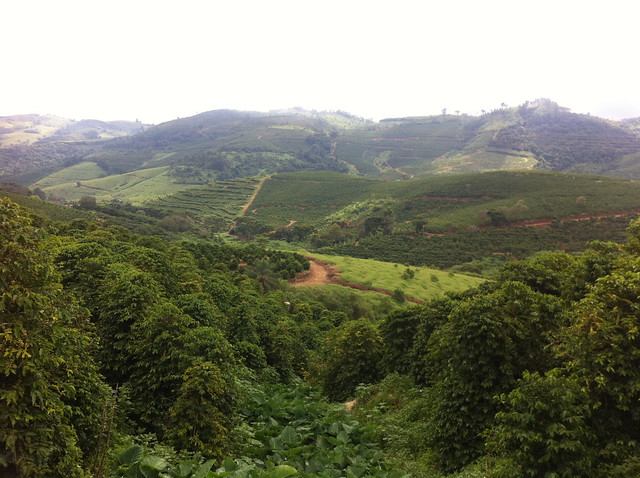
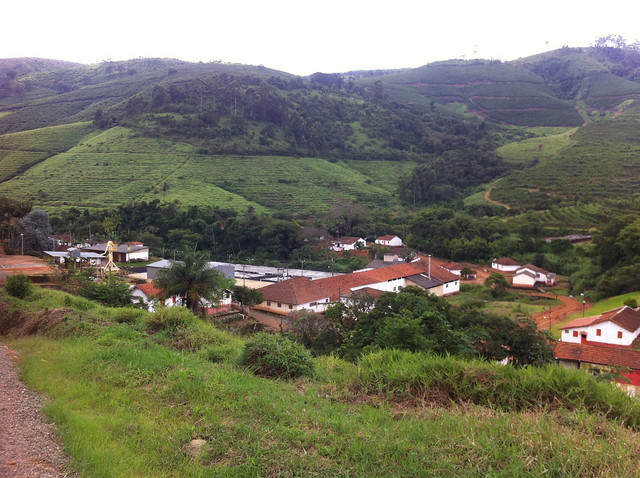
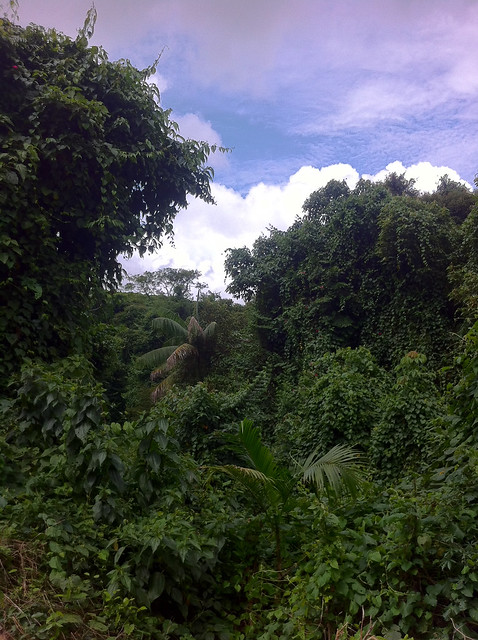
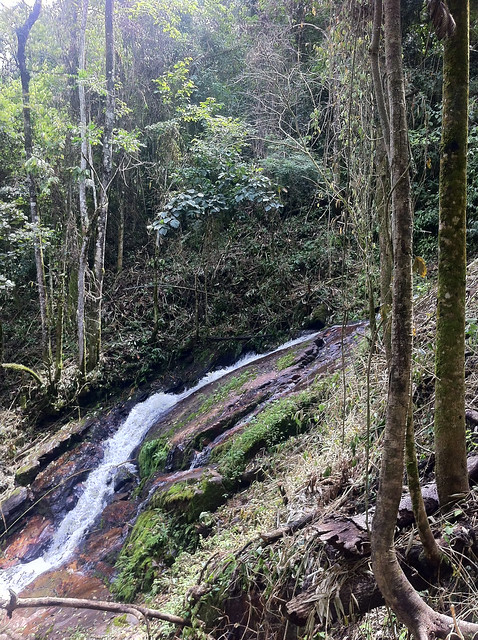

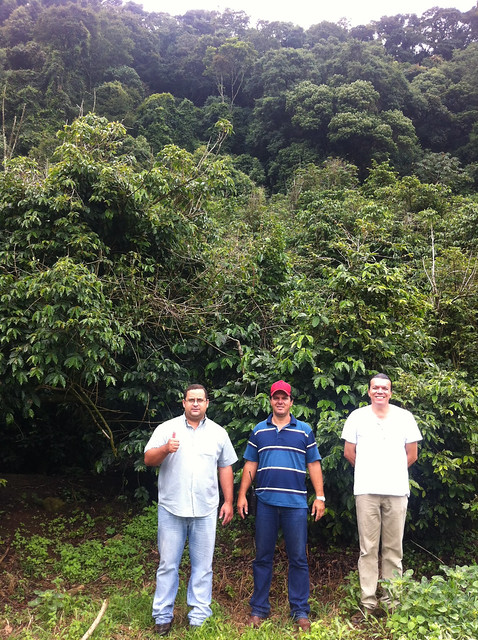
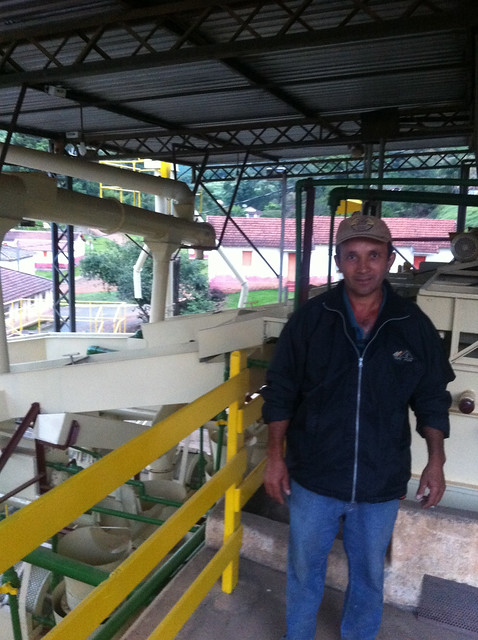

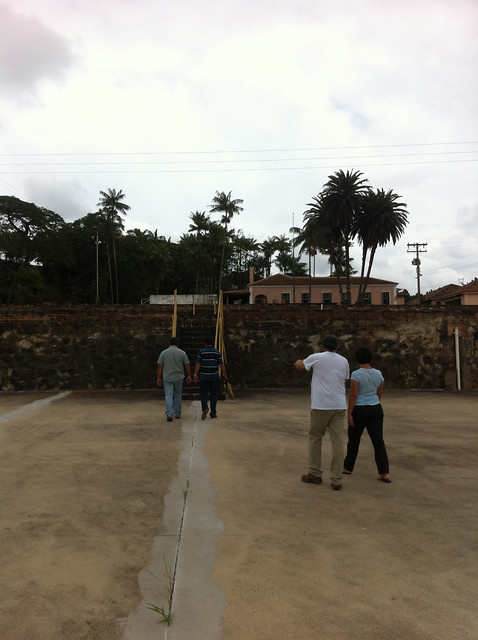
No comments:
Post a Comment